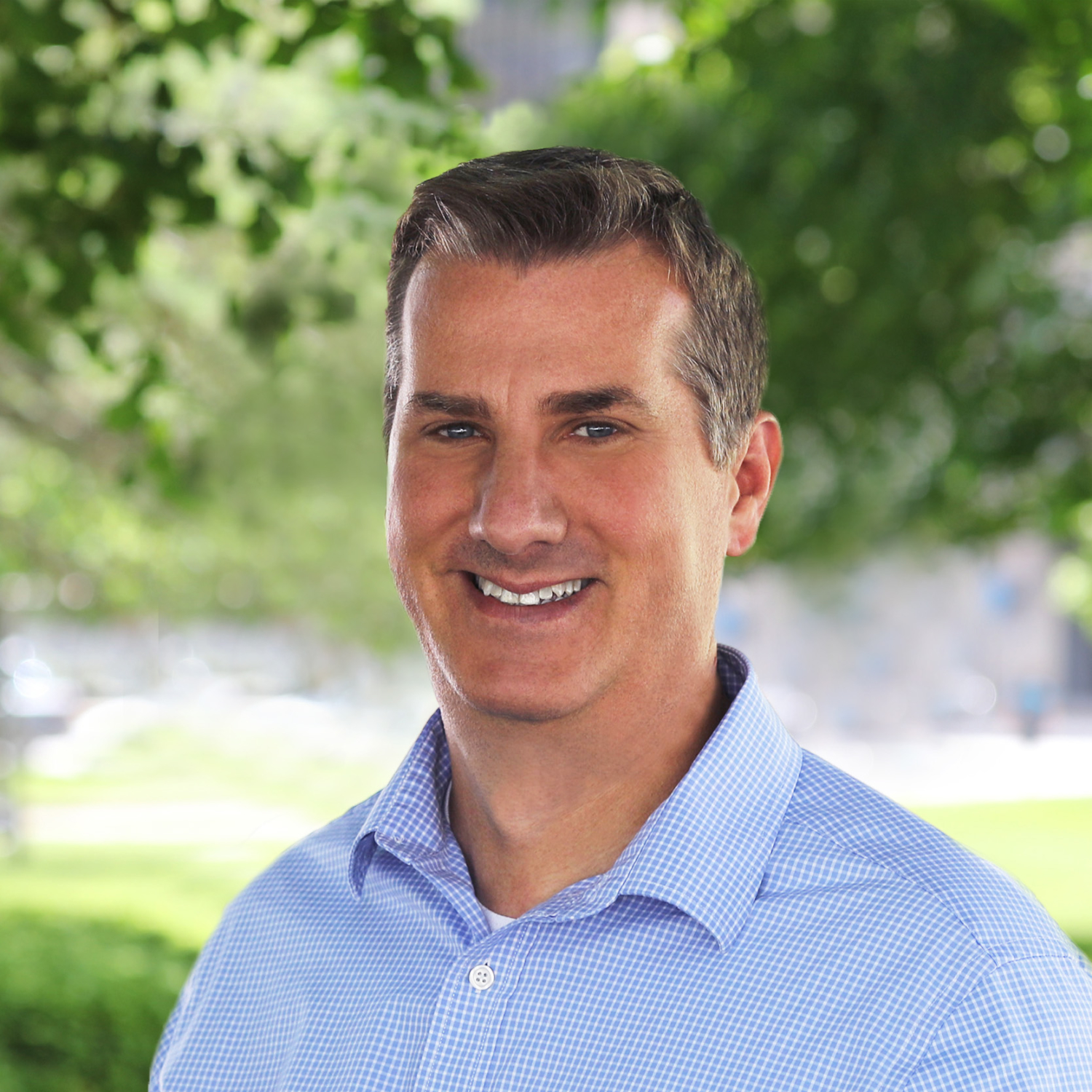The Right Reasons for Supporting (or Opposing) School Choice
Note: A shortened version of this post was originally published on Education Next.
We are at a critical point in the long history of education reform.
The politicized issue of school choice has received sustained national attention since the election of President Donald Trump and Vice President Mike Pence. The subsequent nomination of Betsy DeVos as Secretary of Education has only increased the debate.
While campaigning, Mr. Trump pledged $20 billion of federal support for a choice-based program. Awaiting the details, reformers wonder how that initiative would work in concert with state programs, some of which have been operating for years, if not decades.
School choice policies enable parents to decide where and how their children will be educated. The nation’s first modern private school choice program—in Milwaukee—has been around for more than 25 years. Since 2011, we have seen dramatic growth in the number private school choice programs across the country. State legislatures and governors have passed and signed into law 36 new programs over the last six years, and more than 30 bills currently are under consideration by states.
For many Americans, especially in states where choices remain limited, this is a conversation newly elevated to the national stage, a natural invitation to proponents and opponents alike to strut their stuff and seek new allies.
Contrary to recent editorials in some major U.S. newspapers, the empirical research on school choice programs is far more positive than not. Summaries of the effects of multiple programs generally show positive effects, as does a meta-analysis of gold-standard experimental research on school choice by Shakeel, Anderson, and Wolf (2016). Participating students usually show modest improvements in reading or math test scores, or both. Annual gains are relatively small but cumulative over time. High school graduation and college attendance rates are substantially higher for participating minority students compared to peers. Programs are almost always associated with improved test scores in affected public schools. They also save money. Those savings can be used to increase per-pupil spending in local school districts. Studies also consistently show that programs increase parent satisfaction, racial integration and civic outcomes.
It’s true that recent studies have reported some initial negative effects on choice students’ test scores. The most sobering come from the rigorous, experimental evaluation of the Louisiana Scholarship Program (LSP). The LSP has a different, much more restrictive regulatory framework for private schools than other choice programs. The negative results in math should be monitored, but it’s important to note that the evaluation is only in its second of seven planned years.
Broad perspective and context are essential. Negative initial findings in one or two locations, based solely on one performance metric, should not halt the creation or expansion of school choice programs in other parts of the country. Generalizing those findings across states is problematic because education is sensitive to state and local cultural, political, governmental and economic conditions. The many places where we have observed significant positive results from choice programs swamp the few where we have seen negative findings. We need to consider the complete research base and not disproportionately emphasize the most recent studies.
Since the early 2000s, I’ve spent my career researching issues in K–12 education reform and school choice. What started as an exciting interest in public charter school performance eventually evolved into work at a research-based advocacy organization that collects data and publishes reports about educational choice and reform initiatives in K–12 education. Based on my interpretation of the research on school choice, the balance of findings for a range of outcomes is compelling to me.
I also have another point of view: I’m a public school parent who strongly supports school choice. Why?
I have two young daughters, both currently receiving special education services via individualized education programs (IEPs). Our girls attend public school, and we are highly satisfied parents with their superb teachers, aides, and therapists. My wife and I have a marrow-deep appreciation for these devoted people and the larger school district community. Our family’s schooling experiences have been blessings so far. We know this, and we are looking forward to a decade more of participating in this community and seeing our girls thrive on many levels. Our experiences have led us to have high expectations for our girls’ educations, and we realize that the future is uncertain. Many parents probably feel this way about their schooling journeys.
And that’s where choice plays a critical role. Choice enables parents to have a stronger voice—individually and collectively—to address uncertainties and occasions of disenfranchisement: Parents gain new leverage to leave an undesirable situation. More schooling options usher in newfound political power.
Why should satisfied parents care? Because choice becomes an insurance policy. If things go awry in the future, there is a lever to take immediate action to advance the well-being of their child.
As we continue to study choice-based policies in K–12 education, one challenge we must confront is the push-pull created by high-stakes accountability measures designed to assess schools, students, and educators, based solely on test scores—an area where choice proponents and opponents often find common ground.
Researchers and policymakers must carefully balance the need for data-driven evidence with the reality that educational choice is, at its core, an issue of parental empowerment. A voucher, education savings account or tax-credit scholarship gives real voice to families. Their students are no longer bureaucratically assigned to a school; rather, they are financially enabled to find the best education provider for their children, a trend toward decentralized power that mirrors progress in the communications, transportation and health care sectors.
As educational choice continues to grow as part of the national policy debate, all of us need to ask questions and examine the big picture, including comprehensive bodies of empirical research, before jumping to conclusions. Measuring success by test scores alone, especially early in the life of a program, does a disservice to students, educators and schools – public or private.
I hope that the emerging public conversation will include families who either are already exercising their right to choose, or who want that significant power. Scientific research is a vital and necessary component of this dialogue, but by itself is not sufficient. Parents and guardians—not advocacy groups, think tanks, or elected officials—are the true beneficiaries of educational choice programs and reforms. They have the voices that must lead this emergent social movement.




